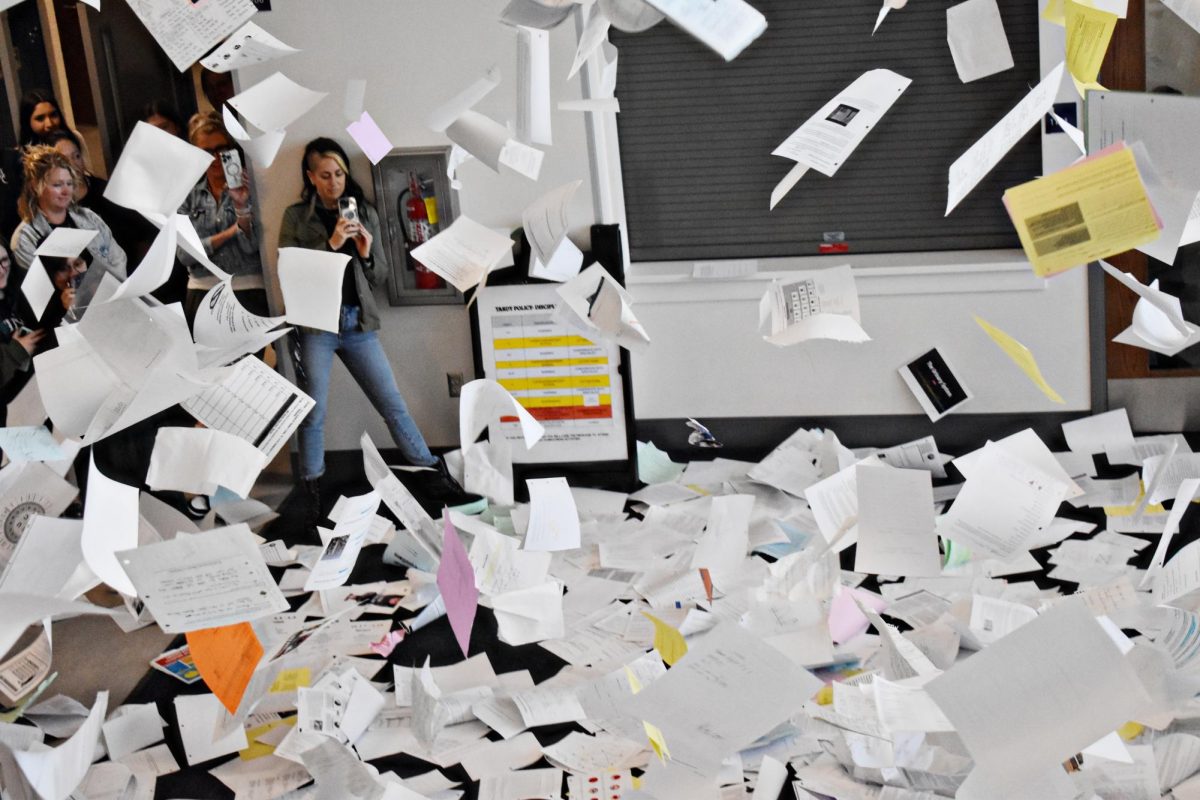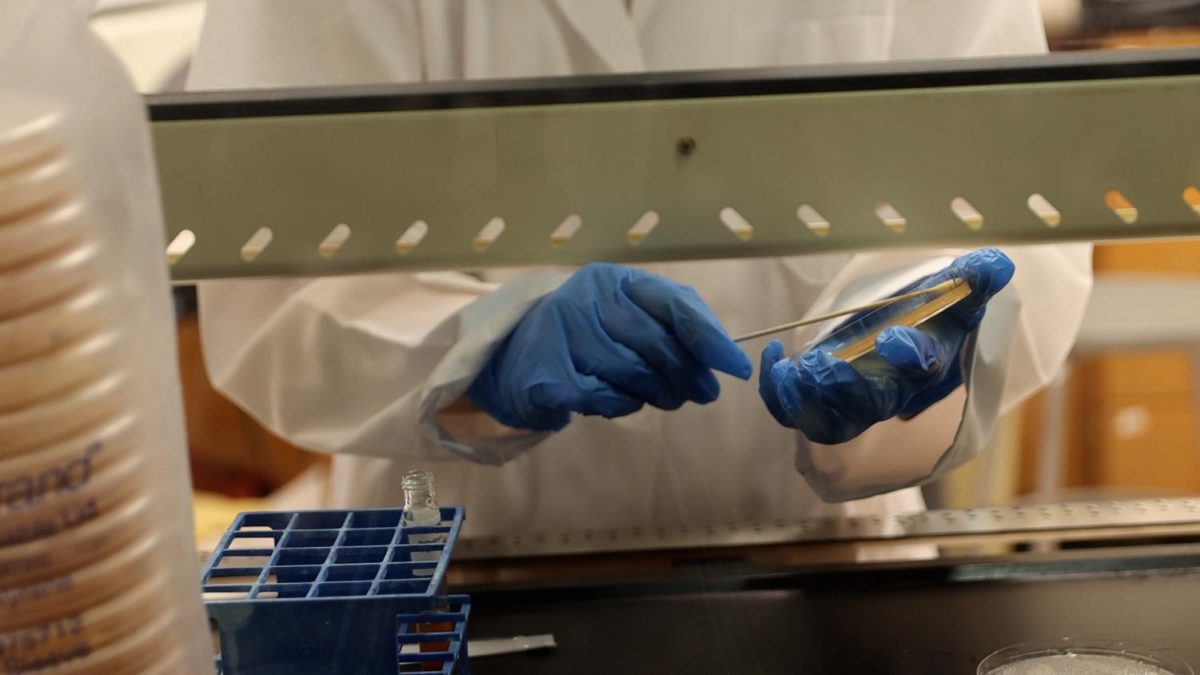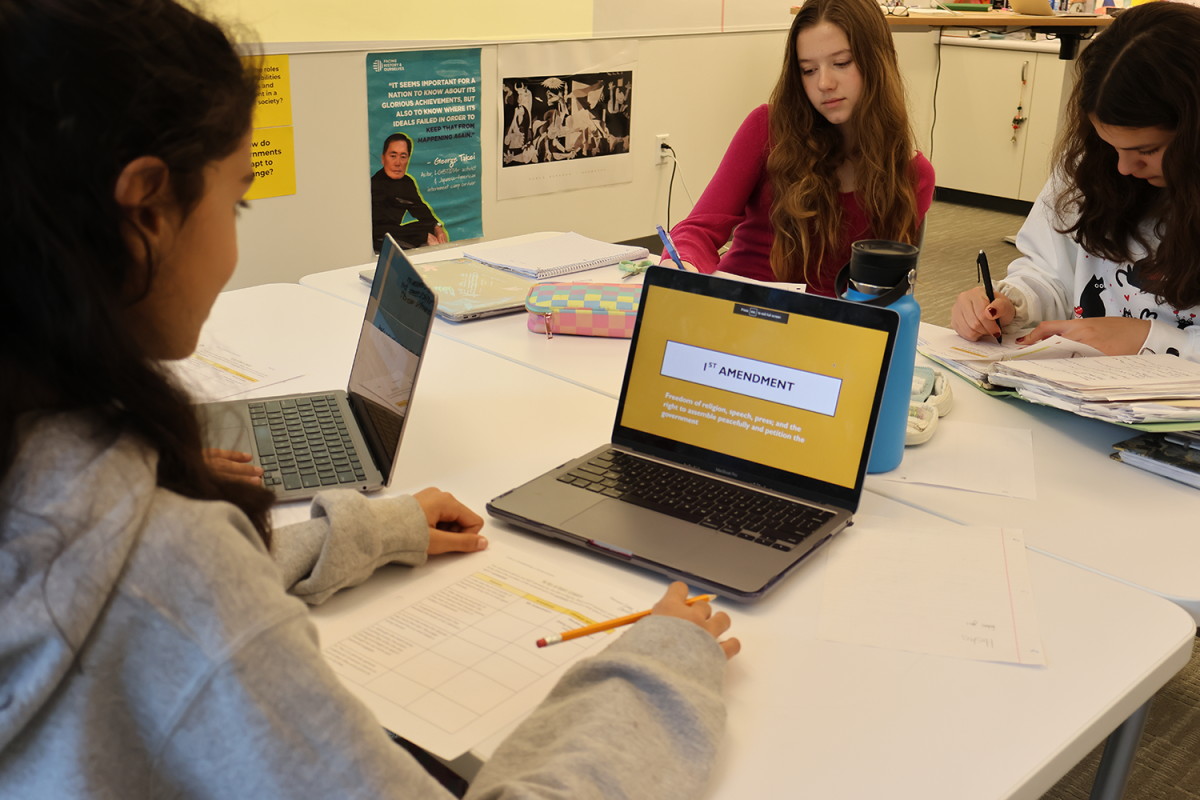The focus of this year’s National Scholastic Journalism Week is “Here to Stay,” and 2024 also marks the Journalism Education Association’s 100th anniversary. The theme for Monday, Feb. 19, is the First Amendment, encouraging students to recall landmark court cases that defined First Amendment rights and to understand how the First Amendment affects their daily experience as student journalists.
In addition to First Amendment protections, California Education Code 48907 “provides student journalists attending California public high schools, including charter schools, with added protection against administrative censorship.”
The Paly Voice is Palo Alto High School‘s student newspaper, and their content responsibility policy aligns with this code. Co-Editor-in-Chief Sophia Yang (’24) described the importance of having protections against censorship, especially when reporting on sensitive subjects.
“It’s really important because covering sometimes sensitive topics just has really helped us practice talking with people in power about more uncomfortable subjects,” Yang said. “It really does allow students to kind of hold their school and the surrounding community accountable if they were to write about topics like that, and without repercussions or censorship.”
According to Yang, Palo Alto High School’s beginning journalism class includes teaching about student journalists’ rights, such as press freedom cases like Tinker v. Des Moines. Co-Editor-in-Chief of The Paly Voice Anna Feng (’24) added that Paly students also learn about the First Amendment in their sophomore year U.S. government class.
Feng highlighted how reporting on sensitive topics, in particular, has strengthened her firsthand understanding of the First Amendment. She referenced a sexual harassment Title IX investigation that her school’s news and features publication, “Verde,” completed as an example of this significance.
“I feel like First Amendment rights touches every aspect of our life, even if you don’t choose to pursue journalism in the future,” Feng said. “I think it’s a pretty unique thing, and not many other students get to say that they learned about First Amendment rights outside the classroom.”
According to the Student Press Law Center, “because private schools are not government institutions, they are not subject to the First Amendment in the same way public schools are. California is one of the only states to extend free expression protections to students at private and independent schools.”
For example, Leonard Law “prohibits punishing students at private secondary schools for expression made on- or off-campus that would be protected by the First Amendment if made off-campus.” However, “the law does allow your school to place ‘reasonable’ limits on when, where and how you can make your expression.”
Individual schools can also create written free expression policies that expand student journalists’ press rights more than the law requires. For example, aligned with Archer’s mission to empower girls’ voices, The Oracle has complete press freedom.
Outside of journalism classes, Archer’s history curriculum covers First Amendment rights, including studying the Bill of Rights in eighth and 11th grade and the media’s role in democracy in ninth grade. In The Voice of Democracy, a senior seminar, Features Editor Maia Alvarez (’24) and senior reporter Nina Sperling (’24) presented on the Supreme Court’s impact on the First Amendment. Alvarez reflected on how her journalism experience enhanced her understanding of the First Amendment and vice versa.
“Being able to notice — not only as a journalist, but just as a person who reads news, as a person that consumes media — to know what your rights are, and then, in turn, know how to advocate for those is really important,” Alvarez said. “I think that’s what this project helped us do and help teach the rest of our classmates.”
Spylgass is The Westridge School for Girls’ student newspaper, and their editorial policies reference Ed Code 48907 and Leonard Law. Editor-in-Chief Eliza Walpert (’24) and Managing Editor Sophene Avedissian (’25) said their publication does not have complete independence from their school’s administration, but this has not interfered with their reporting. Editor and Social Media Manager Ella Bilu (’25) said the only restriction that impacts their operations is that they cannot write students’ last names — an ability they are currently asking for — which she said is an overall school policy for students’ protection.
“Our adviser kind of runs the stories by administration after we have filled out our pitch list, and usually, they don’t have any sorts of problems — we write articles that criticize the school and administration, and we see change come from those articles,” Walpert said. “There’s no really restrictions on what we can write as long as we’re reporting accurately.”
Similarly to Feng, Avedissian said learning about the First Amendment in the journalism classroom — in addition to their U.S. history class — helps her and other reporters feel more familiar with First Amendment rights than many of their peers.
“As a student journalist, you still have the same role and position as a professional journalist,” Avedissian said. “Even though we’re at a private school where what we do is not completely not associated with the administration, it’s still really important to know what rights you do have because things are bound to come up as you’re writing a story, and I think having that proper education beforehand is just really important and crucial as a journalist.”
Additional reporting by Staff Reporter Shae Killam (’27) and Senior Reporter Oona Seppala (’26).
This story was originally published on The Oracle on February 19, 2024.

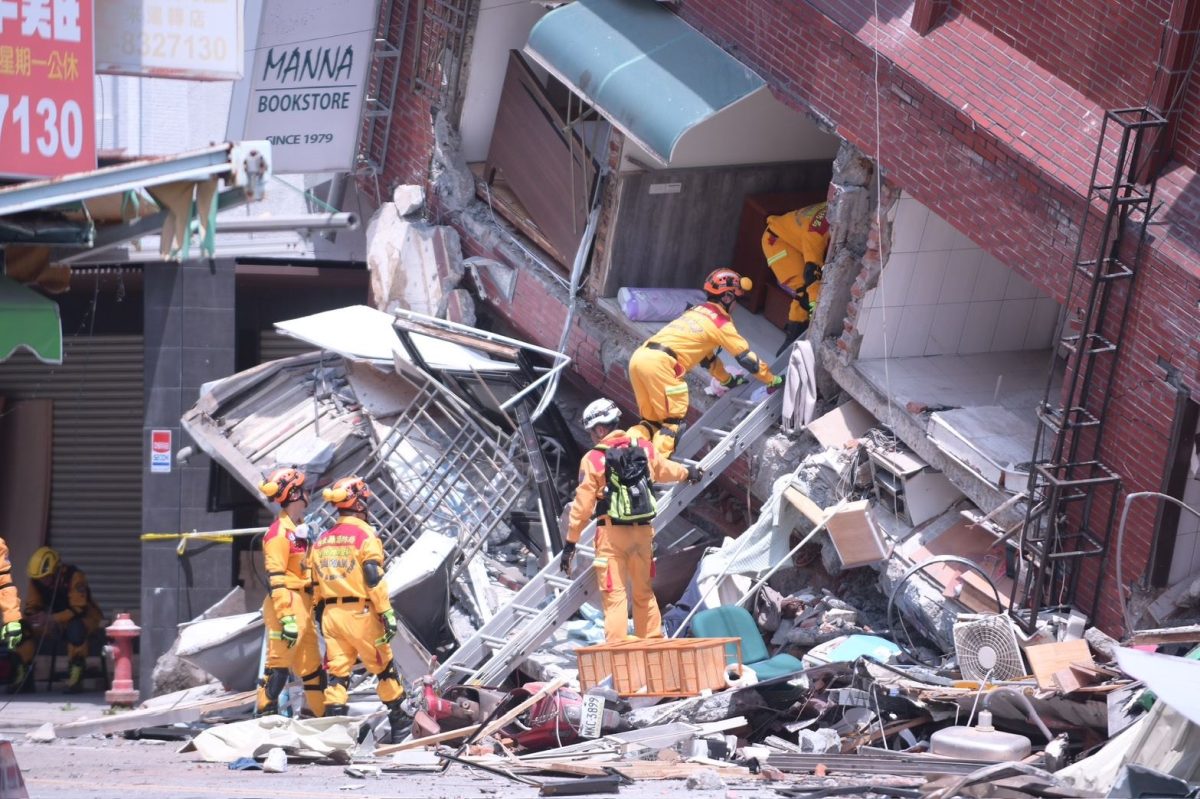
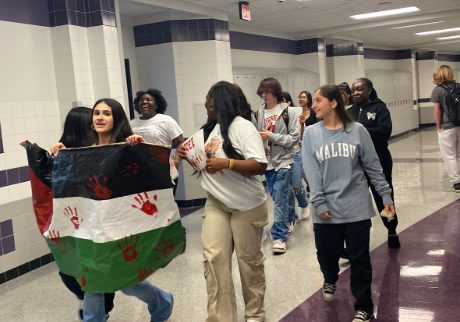


![With the AISD rank and GPA discrepancies, some students had significant changes to their stats. College and career counselor Camille Nix worked with students to appeal their college decisions if they got rejected from schools depending on their previous stats before getting updated. Students worked with Nix to update schools on their new stats in order to fully get their appropriate decisions. “Those who already were accepted [won’t be affected], but it could factor in if a student appeals their initial decision,” Principal Andy Baxa said.](https://bestofsno.com/wp-content/uploads/2024/05/53674616658_18d367e00f_o-1200x676.jpg)
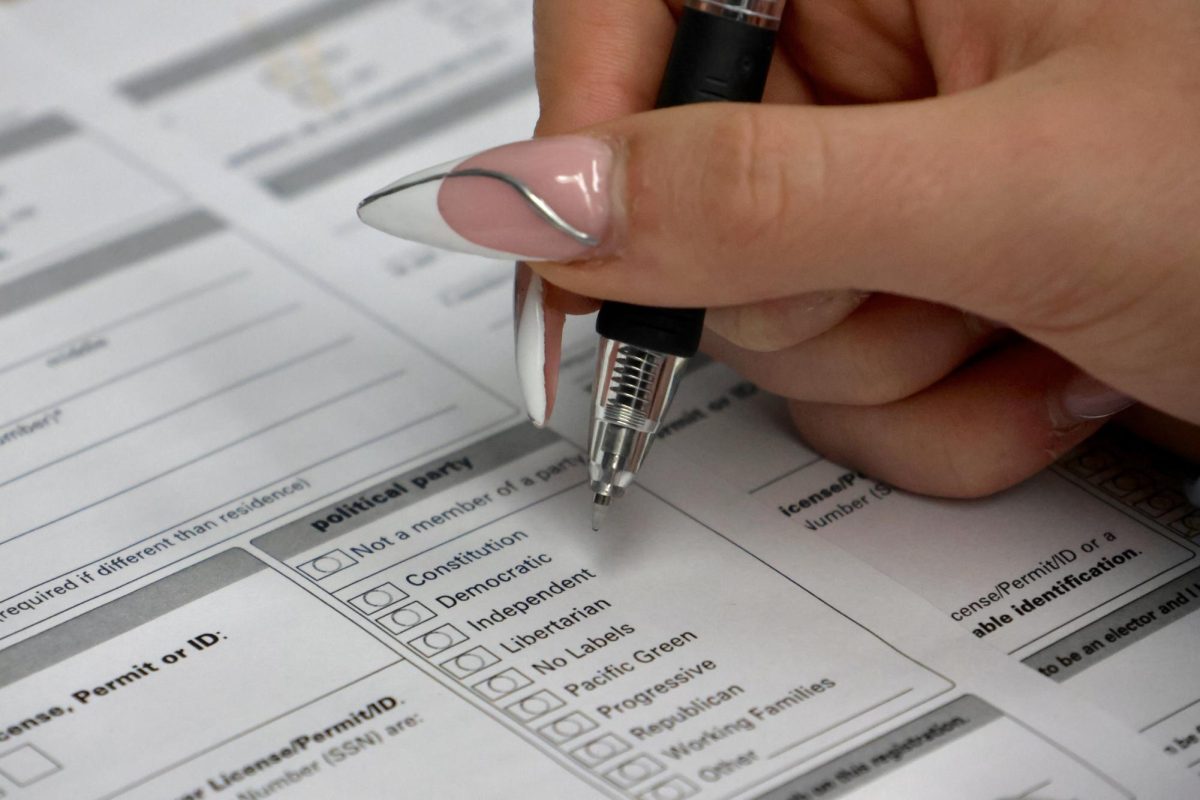




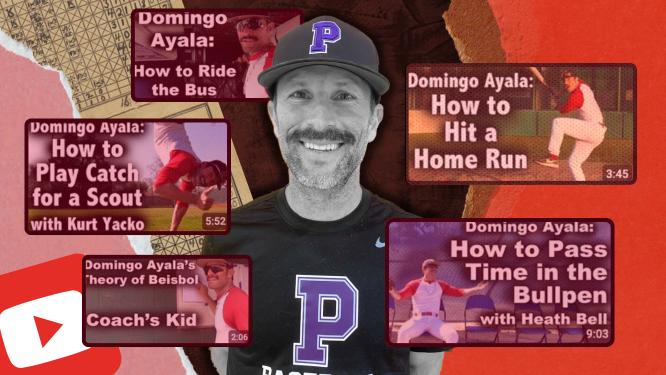
![Junior Mia Milicevic practices her forehand at tennis practice with the WJ girls tennis team. “Sometimes I don’t like [tennis] because you’re alone but most of the time, I do like it for that reason because it really is just you out there. I do experience being part of a team at WJ but in tournaments and when I’m playing outside of school, I like that rush when I win a point because I did it all by myself, Milicevic said. (Courtesy Mia Milicevic)](https://bestofsno.com/wp-content/uploads/2024/06/c54807e1-6ab6-4b0b-9c65-bfa256bc7587.jpg)

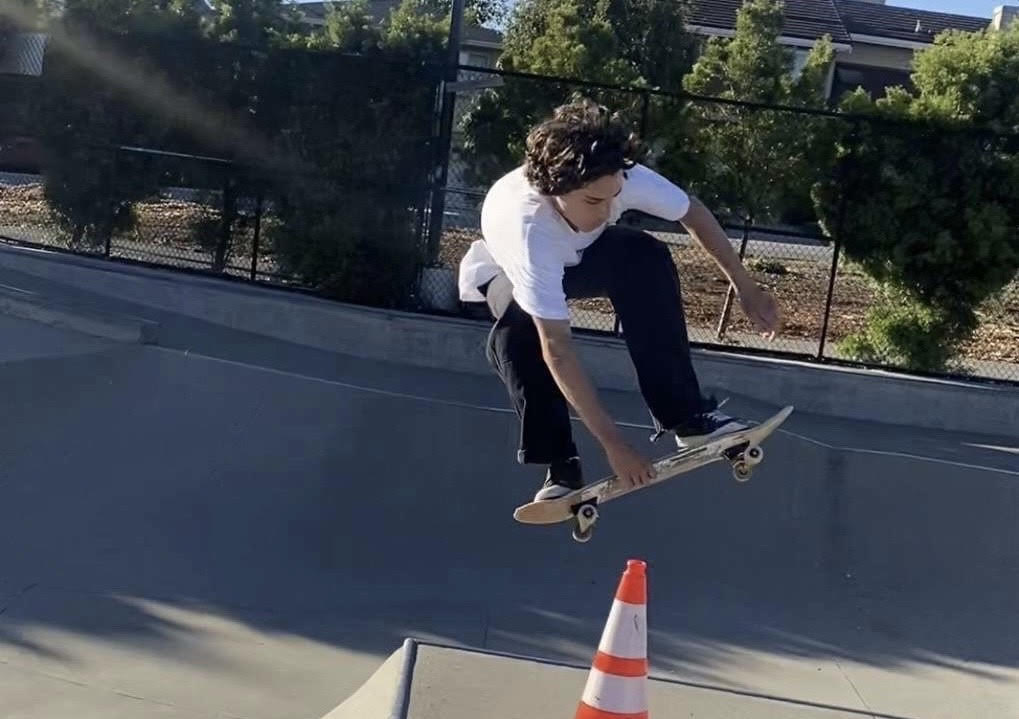

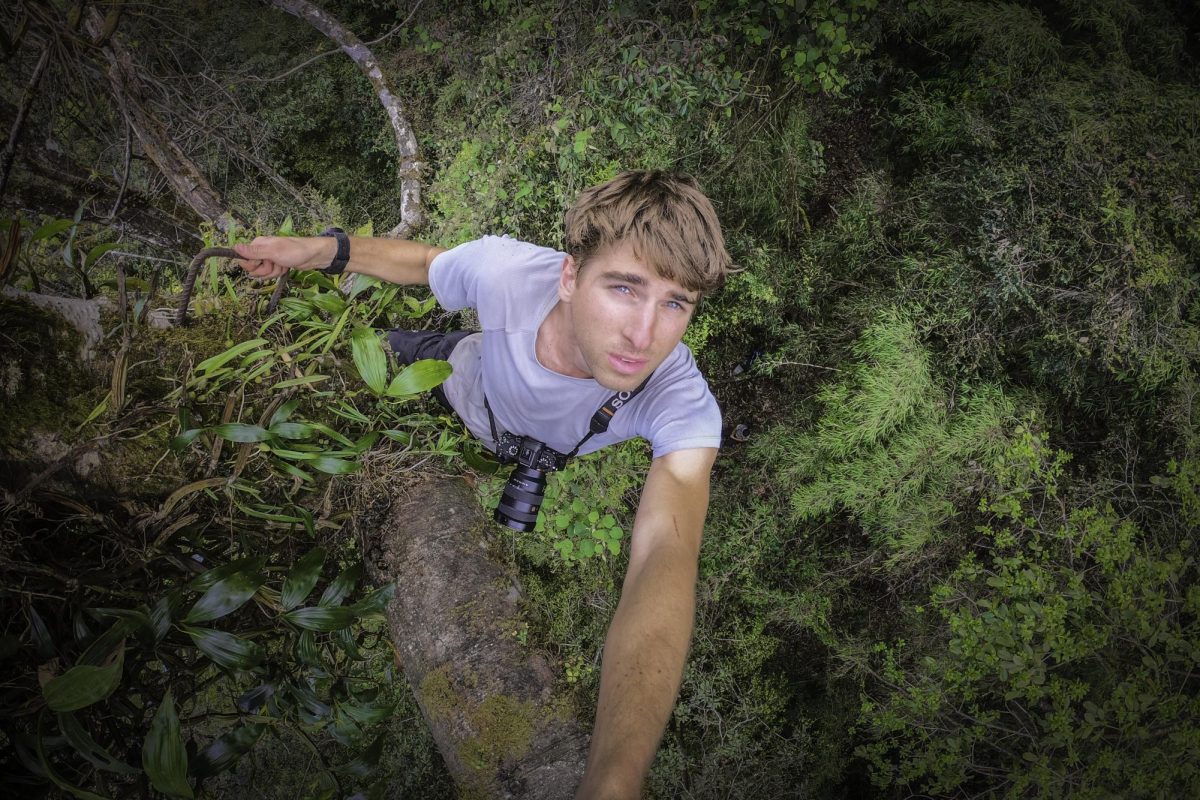

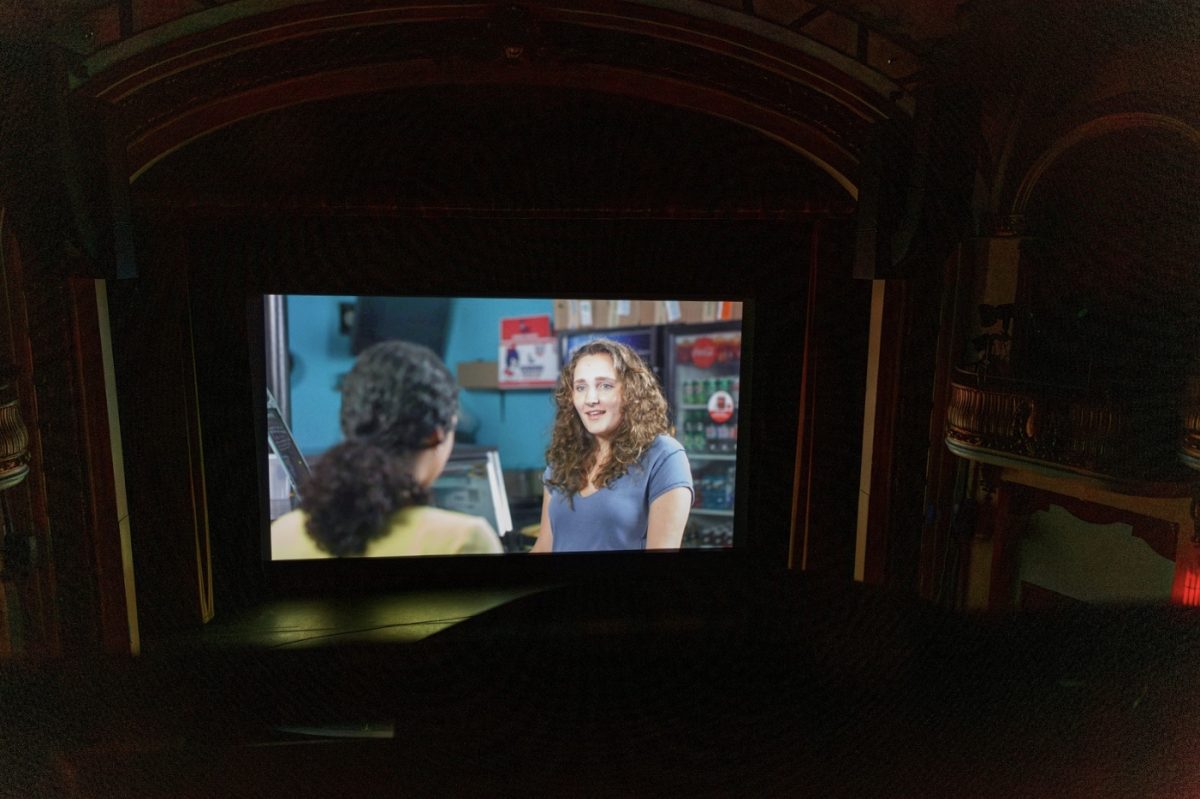

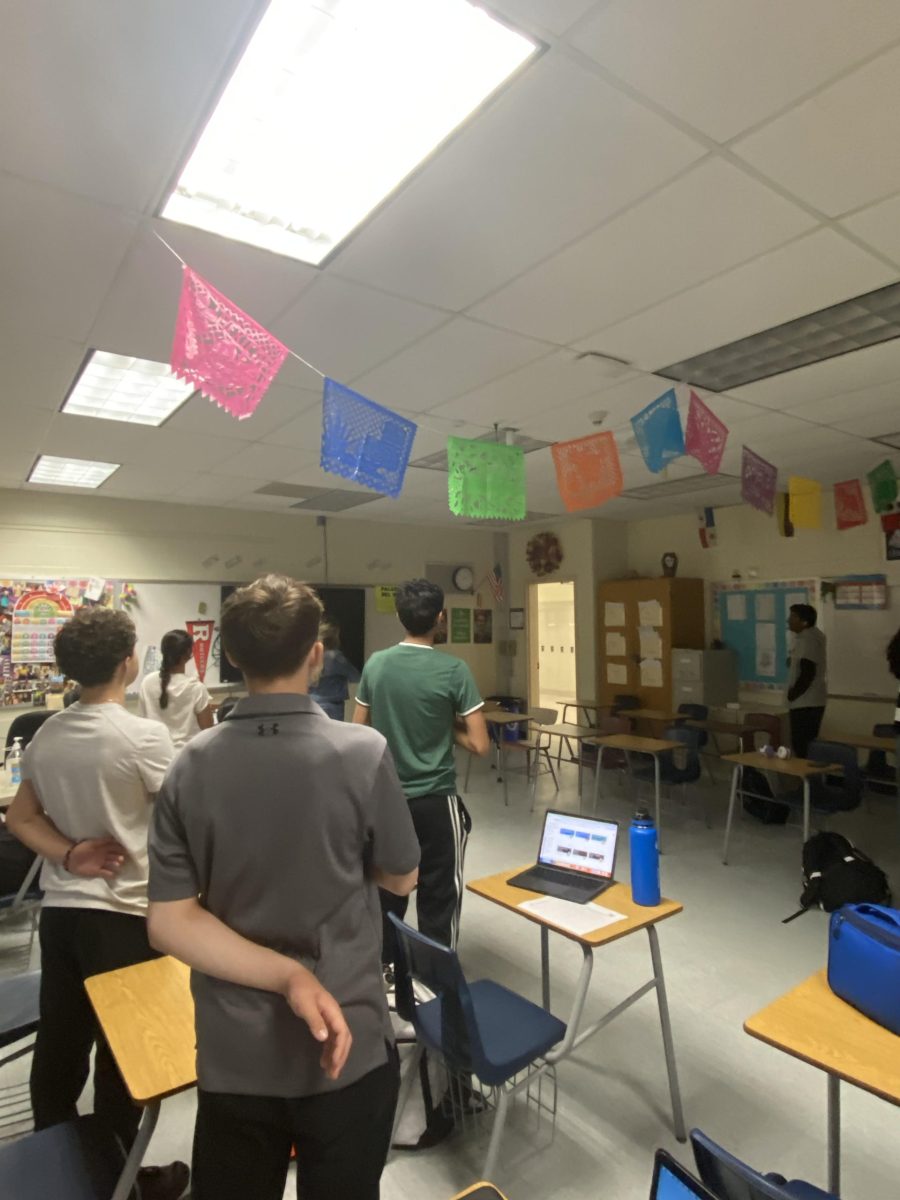
![The Jaguar student section sits down while the girls basketball team plays in the Great Eight game at the Denver Coliseum against Valor Christian High School Feb. 29. Many students who participated in the boys basketball student section prior to the girls basketball game left before half-time. I think it [the student section] plays a huge role because we actually had a decent crowd at a ranch game. I think that was the only time we had like a student section. And the energy was just awesome, varsity pointing and shooting guard Brooke Harding ‘25 said. I dont expect much from them [the Golden Boys] at all. But the fact that they left at the Elite Eight game when they were already there is honestly mind blowing to me.](https://bestofsno.com/wp-content/uploads/2024/05/IMG_7517-e1716250578550-900x1200.jpeg)



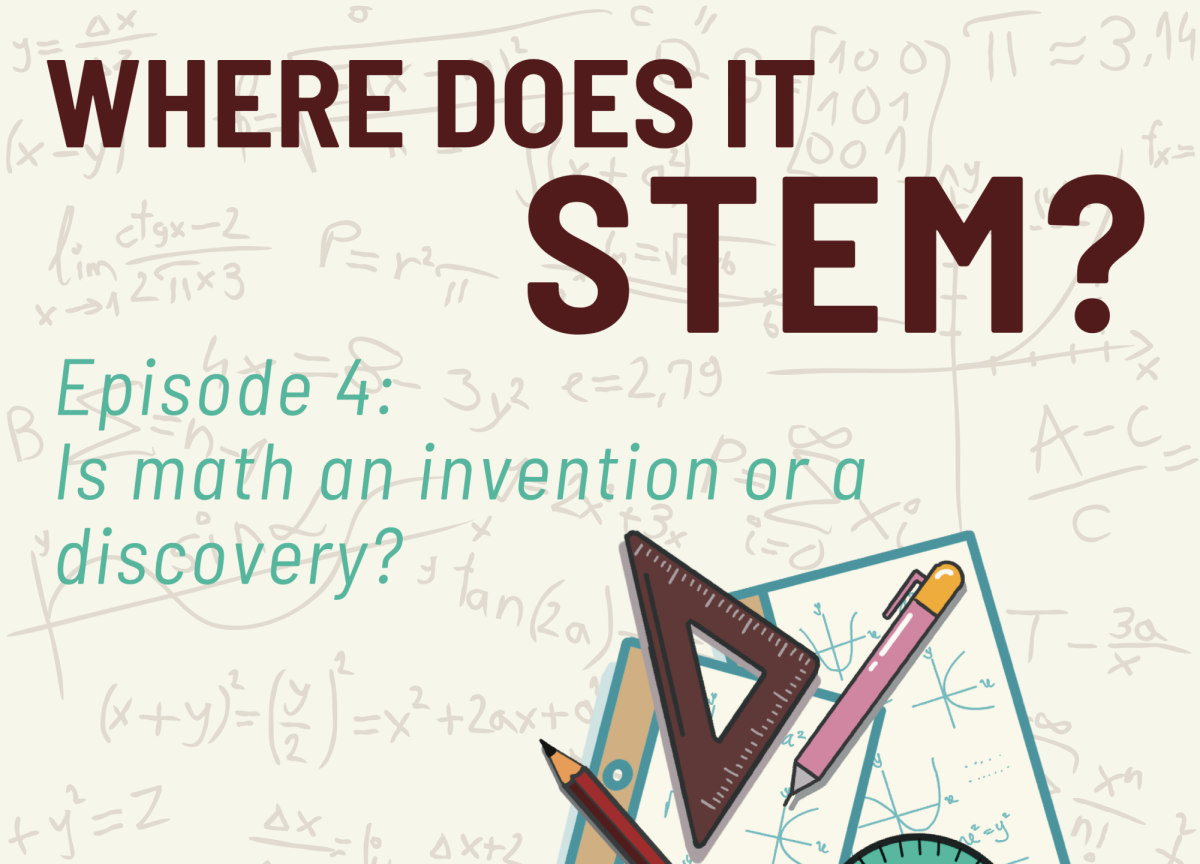
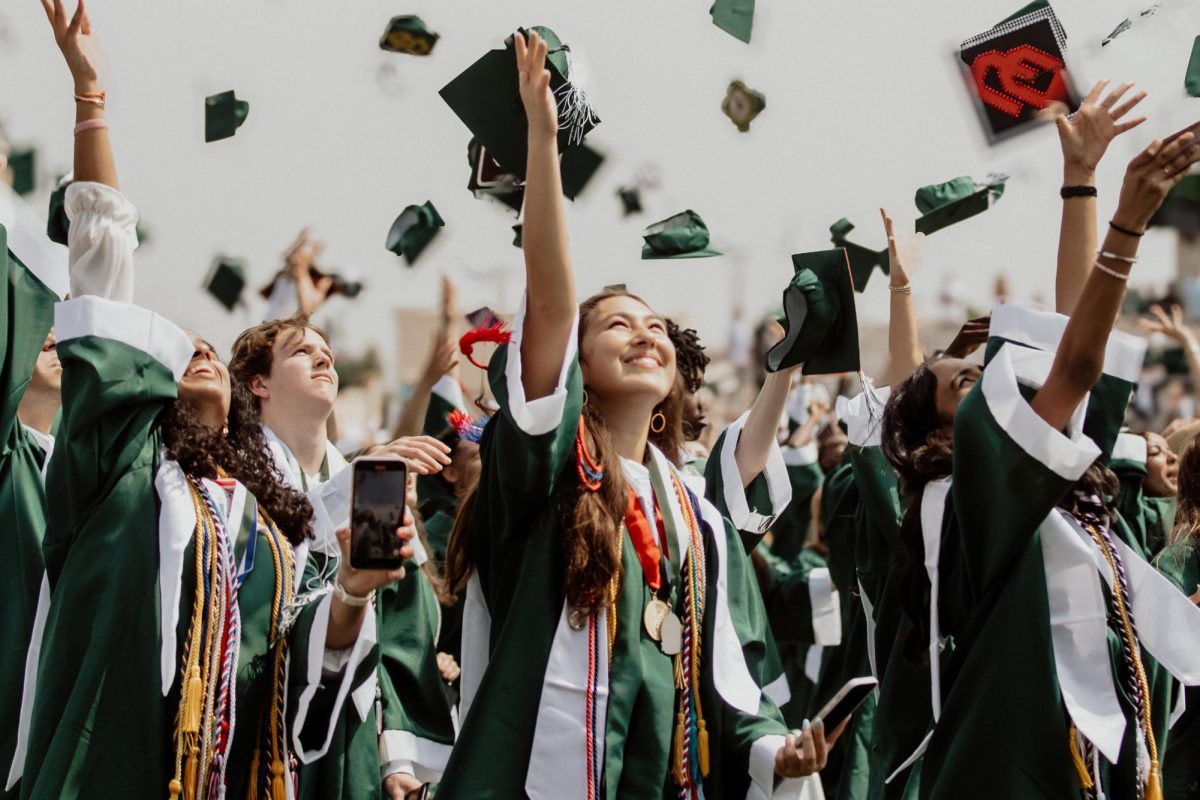

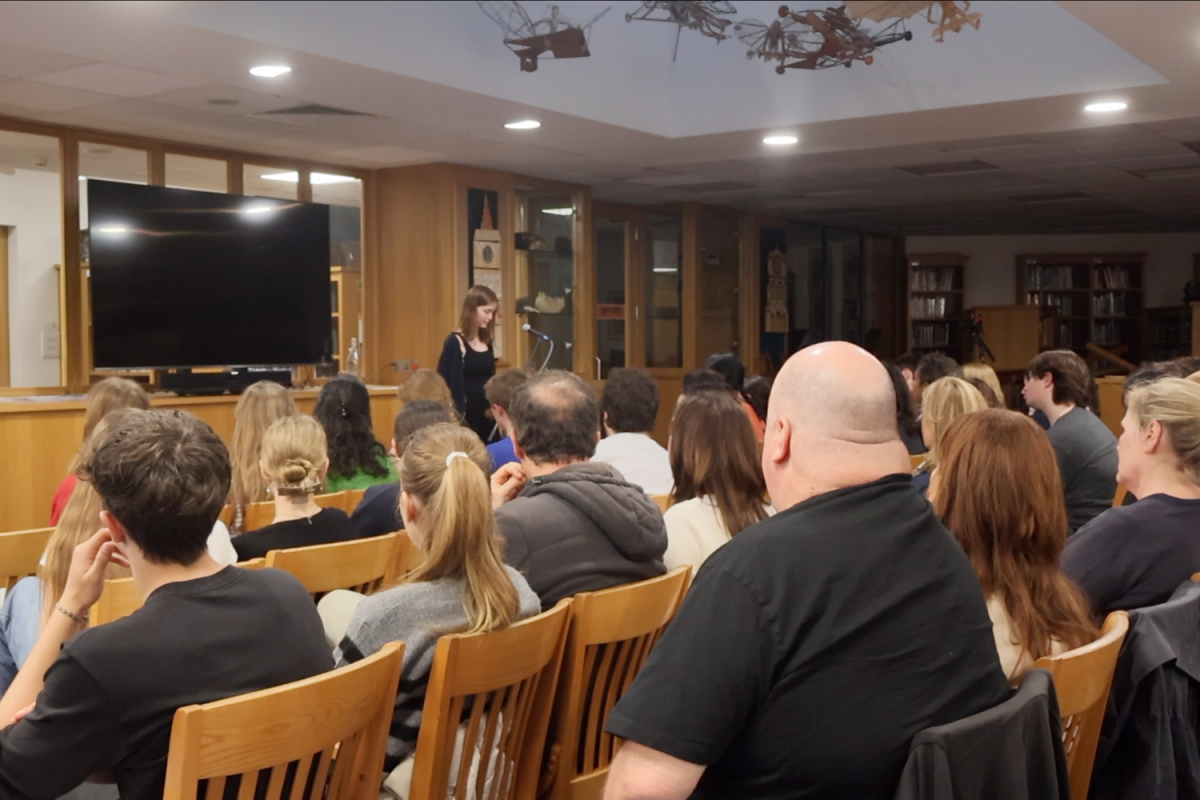


![BACKGROUND IN THE BUSINESS: Dressed by junior designer Kaitlyn Gerrie, senior Chamila Muñoz took to the “Dreamland” runway this past weekend. While it was her first time participating in the McCallum fashion show, Muñoz isn’t new to the modeling world.
I modeled here and there when I was a lot younger, maybe five or six [years old] for some jewelry brands and small businesses, but not much in recent years,” Muñoz said.
Muñoz had hoped to participate in last year’s show but couldn’t due to scheduling conflicts. For her senior year, though, she couldn’t let the opportunity pass her by.
“It’s [modeling] something I haven’t done in a while so I was excited to step out of my comfort zone in a way,” Muñoz said. “I always love trying new things and being able to show off designs of my schoolmates is such an honor.”
The preparation process for the show was hectic, leaving the final reveal of Gerrie’s design until days before the show, but the moment Muñoz tried on the outfit, all the stress for both designer and model melted away.
“I didn’t get to try on my outfit until the day before, but the look on Kaitlyn’s face when she saw what she had worked so hard to make actually on a model was just so special,” Muñoz said. “I know it meant so much to her. But then she handed me a blindfold and told me I’d be walking with it on, so that was pretty wild.”
Caption by Francie Wilhelm.](https://bestofsno.com/wp-content/uploads/2024/05/53535098892_130167352f_o-1200x800.jpg)

